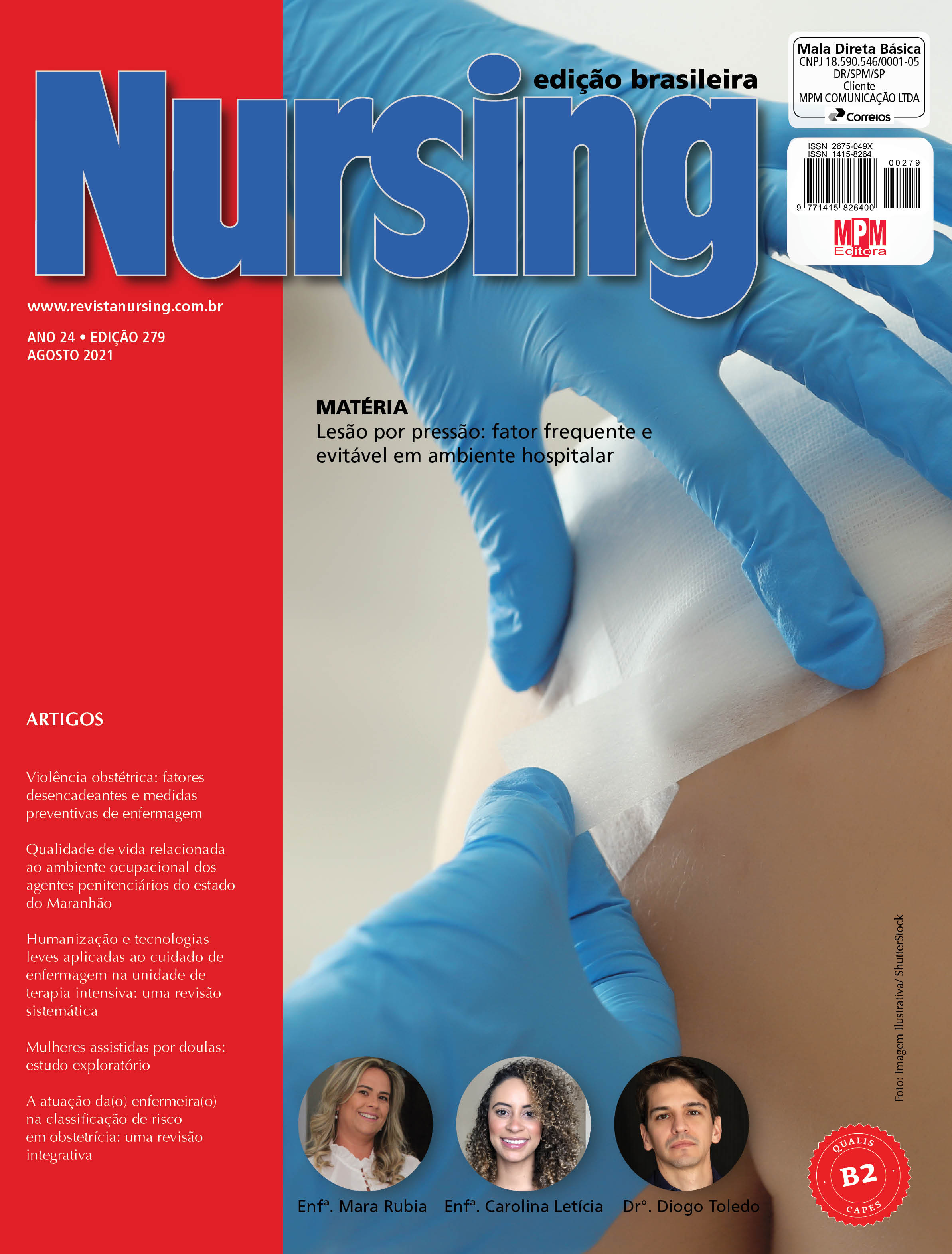Epidemiological indicators and space-time distribution of tuberculosis in an endemic municipality
DOI:
https://doi.org/10.36489/nursing.2021v24i279p6075-6086Keywords:
Tuberculosis, Geographic Information Systems, Spatial Analysis, Epidemiology, Public HealthAbstract
Objective: To describe the epidemiological indicators of tuberculosis and to analyze space-time distribution. Methods: Ecological study, carried out with data from the Grievances Notification Information System. Variables: incidence rate; mortality; clinical form; tuberculosis/HIV co-infection; cure and abandonment. For analysis we used the simple linear regression,. Gross incidence rates were softened by the Bayesian Empirical Global and Local Method,. Results: A total of 5,529 cases and 319 deaths were studied. The pulmonary form reached 96.2/100 thousand inhabitants, the co-infection tuberculosis/HIV, 10.6/100 thousand inhabitants, the lowest percentage of cure was 69.0% and, the highest percentage of abandonment, 10.9%. Global Bayes indicated an irregular and heterogeneous pattern of the disease and the local Bayes revealed a higher concentration of cases in some regions. Conclusion: Tuberculosis is distributed non-randomly and its control remains a challenge.








